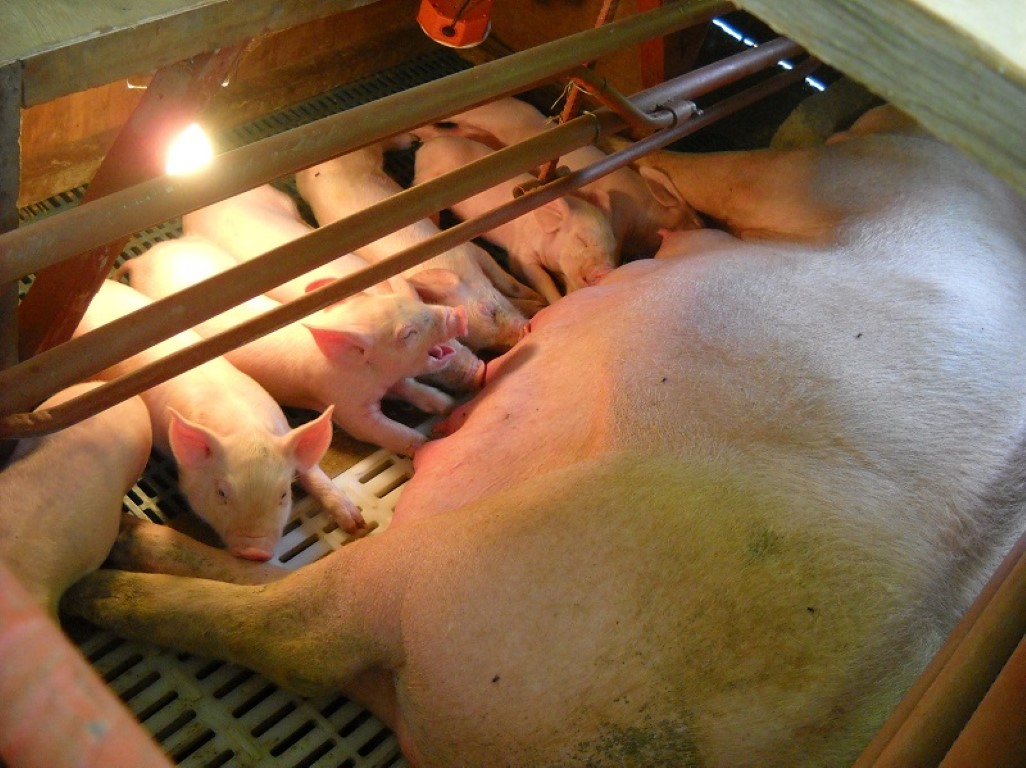There was swift action on the part of government, national and local, to contend with the lethal blows that the new coronavirus has unleashed in a deadly journey around the world. President Duterte, in an national televised address Thursday night, announced a series of precautionary measures purposely to keep the populace, especially those sweating it out in Metro Manila, out of harm’s way.
No, it wasn’t a lockdown, though the term “community quarantine” may well connote the same dire results. Travels into and out of the metro have also been restricted, to and fro, by land, on air, and by sea. How this will be enforced, considering the many porous ways in and out should be a marvel to watch.
At the local level, our own Mayor Benjie dealt with the situation — no doubt getting deadlier by the hour — with decisiveness. We in the tourist sector are just glad that the nightmarish ordeal of having to cope with the deteriorating situation had to be taken on the chin. The grand events of Panagbenga 2020 — the street-dancing parade readied for March 28 and the grand float parade the next day — were cancelled by the voluntary will of the BFFFI officials. So were the other celebrating events that would have showcased Baguio’s and the Cordillera’s culture and the arts. Getting waylaid too was the night market enterprise along Harrison Road.
As if on cue, inspired by the decisiveness of actions taken, other event organizers followed suit, deferring their gatherings when opportune time comes. Last Thursday, Hizzoner put off school classes at all levels, public and private, for a week’s time, precisely to make school grounds and rooms disinfected, while enjoining everyone in the academic community Covid-free.
Meantime, the lethal watch over virus incidence continues without letup, undoubtedly at rising economic and social costs. Countries like ours — phenomenally with scant contribution in the listup — have suddenly acquired infamy as localized human transmission galloped into reality. (As of this time, Baguio has not yet recorded a positive case, but vigilance remains topnotch.)
Last week, 3,300 fatalities have been accounted for while 95,000 persons were under the infected roster. This week, the numbers went up further, almost double in just a few days. Covid-19’s global sweep is an incredible march up, that the World Health Organization has declared the deadly disease as pandemic.
Indeed, everything seems on the touch-and-go. While health safety remains an uppermost concern, tourism seems to be the first sector affected by Covid. In real terms, it’s a source of anxiety if not of fright. Travel restrictions have been imposed, resulting in expected tourism cancellations in the travel and hotel sectors. The lockdown in turn will trigger off layoff, as tourism workers will have nothing to do and no tourist to serve.
By and large, this offers us grand opportunities to innovate, to get out of the box, to explore other ways, to discover new positions. Just recently, the region’s tourism officials headed by RD Jovy Ganongan have pointed out “to push for new frontiers”, precisely parallel to what in recent months we’ve been clamoring for, long before nCov became a household dreadful word.
The attitude should always be one of hopefulness amid frustration, of faith rather than despair. Surely, the economic hit would be huge and even staggering, perhaps in the next few weeks. And yet, tourism has been the bread-and-butter of Baguio’s rapidly growing economy, perhaps second only to education.
The imminent challenge is as clear as day. What to do next is the agenda that Nature Tourism and other new tourism products, those in the so-called frontier areas, can serve. Consequently, we need to assess how else — in light of the continuing threat that Covid-19 poses — to draw in the tourists, restricted as they are from coming up here.
A re-focusing of present tourism efforts may just yield certain factors that signify all should not be allowed to lose, given that our Christmas in Baguio experience has shown us the way. What kind of tourists we can draw in (the quality kind) and what kind of attractions we can amplify, without risking damage to things sacred, therefore deserving of respect and endearment.
And let’s not forget: even in the direst of times — immediately after the 1990 earthquake and the super-typhoons that came — we managed, rather steadily, to adapt to the times, the difficulties, the adversities of having to make do with what we are.
There’s Baguio’s natural environment — what remains of the once lush greenery all-around anyway — that can serve as the strategic selling proposition. Surely, enough memories can be instigated to get anyone mesmerized by what powerful narratives can a Baguio visit spark. Nearby lowland areas are where our domestic travelers situate themselves, therefore spared from the travel restrictions imposed on metro folks. Baguio’s forest — now be diminishing but carefully being nurtured back to lushness — and what represents them, actually what tourists get to see, feel, and experience once here — the forest canopy, the garden parks, the luscious floral resources do need a great deal of caring.
To reiterate: nature tourism is not just the new initiative. There are others — eco-tourism, agri-tourism, medical tourism, gastronomic tourism, cultural tourism — name it, there’s just quite a load of new attractions or assets that can be whipped up in a delectable dish enough to draw in the responsible tourists anytime at all. As for those whose self-discipline just goes haywire when in other places, it’s time to disperse them somewhere else, to nearby towns where indigenous culture, their own heritage, awaits to be imbibed.
There’s no place like Baguio, simply because Baguio remains uniquely Baguio, a melting pot of tribally fused cultures in harmonized existence with the old and the once young in terms of ethnicity. It’s time we put new faith and invest new energy into it.














